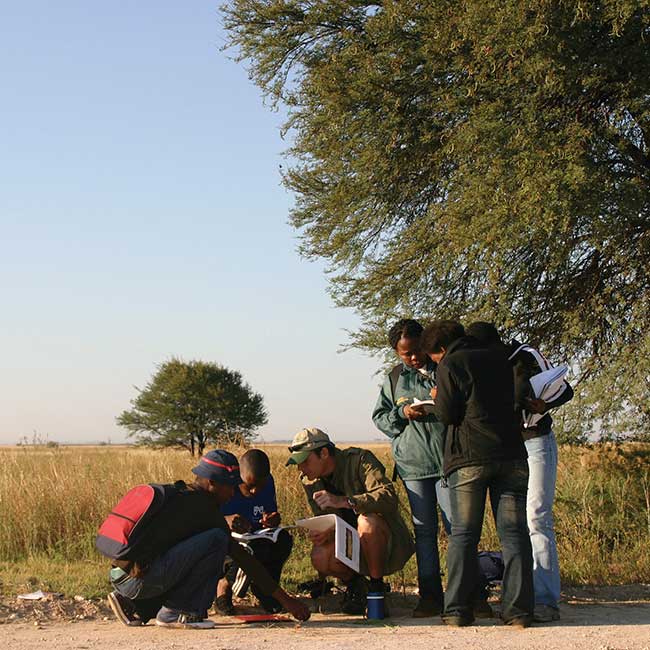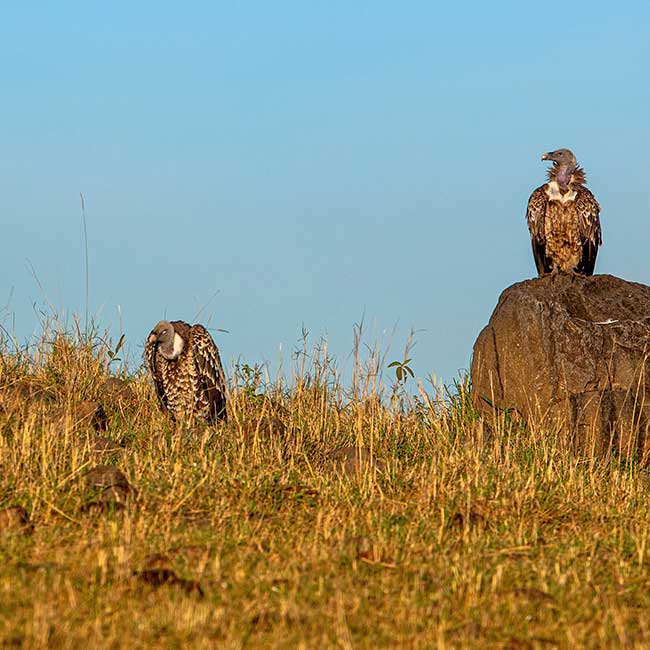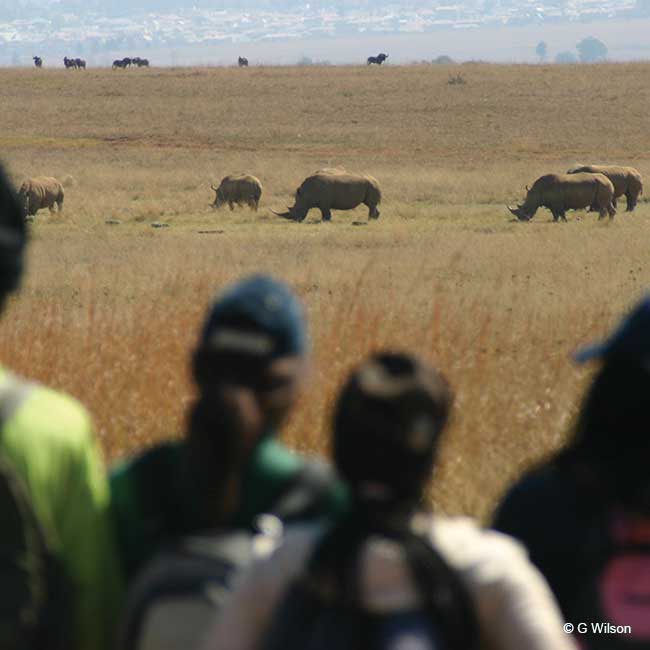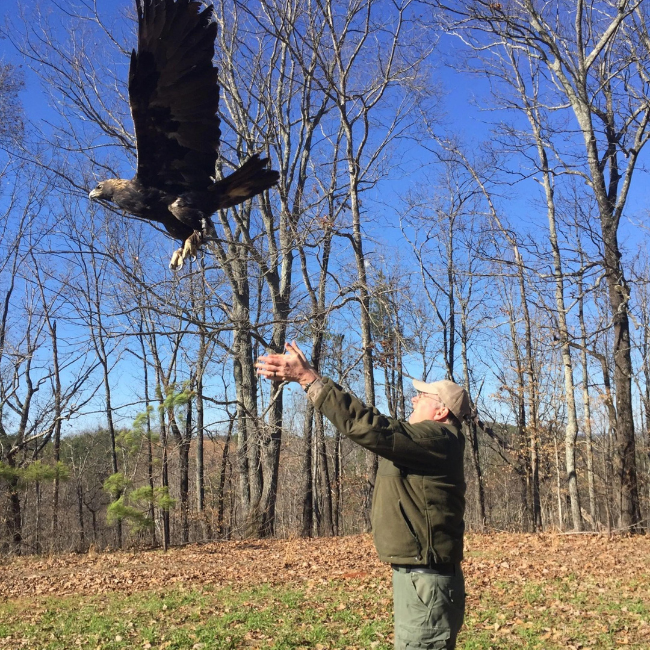Resources

Conservation
Planning and science unit
The Conservation Science and Planning Unit (CPSU) provides scientific and strategic planning support to the EWT’s programmes to ensure our conservation actions are based on robust scientific evidence and have thorough monitoring and evaluation processes to follow. We guide them from the planning stages to project implementation and reporting and help them measure and analyse the results to continuously adapt and improve their plans and actions.
3
functions
21
countries
8
pack members

educational resources
The EWT achieves its mission by delivering on our three Strategic Imperatives:


Research & Data
The Conservation Planning and Science Unit (CPSU) administers the EWT Biodiversity DataBank, establishing and supporting protocols for accurate data collection, management, and analysis. These datasets can be requested for use in research, conservation planning and environmental impact assessment. We identify knowledge and data gaps in the conservation sector and implement or advise on projects to address these gaps. To this end, we also maintain a comprehensive list of priority research questions for prospective students.
Threatened species no-go mapping tool
The CPSU developed a sensitivity layer for threatened terrestrial animal and plant species that has been included in the government’s Environmental Screening Tool for Environmental Impact Assessments, or EIAs. The tool will enable more informed land use decision-making, fewer impacts on species of conservation concern, and more sustainable development. As a follow-on to this project, we are working towards providing access to these spatial data on threatened terrestrial species to further empower individuals and communities during EIA processes. As part of this project, we have also developed a Threatened Species No-go Mapping Tool that assists developers to avoid areas of very high biodiversity sensitivity that, if developed, could lead to species extinction.


Mammal red list
The Mammal Red List provides an up-to-date assessment of the conservation status of the mammals of South Africa, Lesotho, and Swaziland, of which 57 (17%) are deemed to be threatened with extinction, and 34 (10%) are Near Threatened.
Ewt perspectives
The Endangered Wildlife Trust provides an organisational perspective on a number of topical conservation subjects. The aim is to give the public access to this information and to ensure that the organisation remains up to date with the most current scientific information available.


Mitigation Hierarchy
While Africa is undergoing a necessary development trajectory, poorly-planned infrastructure projects can have disastrous impacts on biodiversity, the ecosystem services on which many people rely, and the economic sustainability of the projects themselves. The Mitigation Hierarchy was developed to address this problem.
Conservation Resources
A collection of wildlife and habitat conservation tools and resources for anything from school projects to Environmental Impact Assessments. Find useful guides, handy links, trusted resources, and user-friendly tools.

